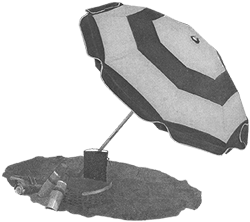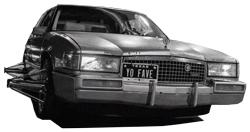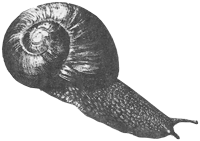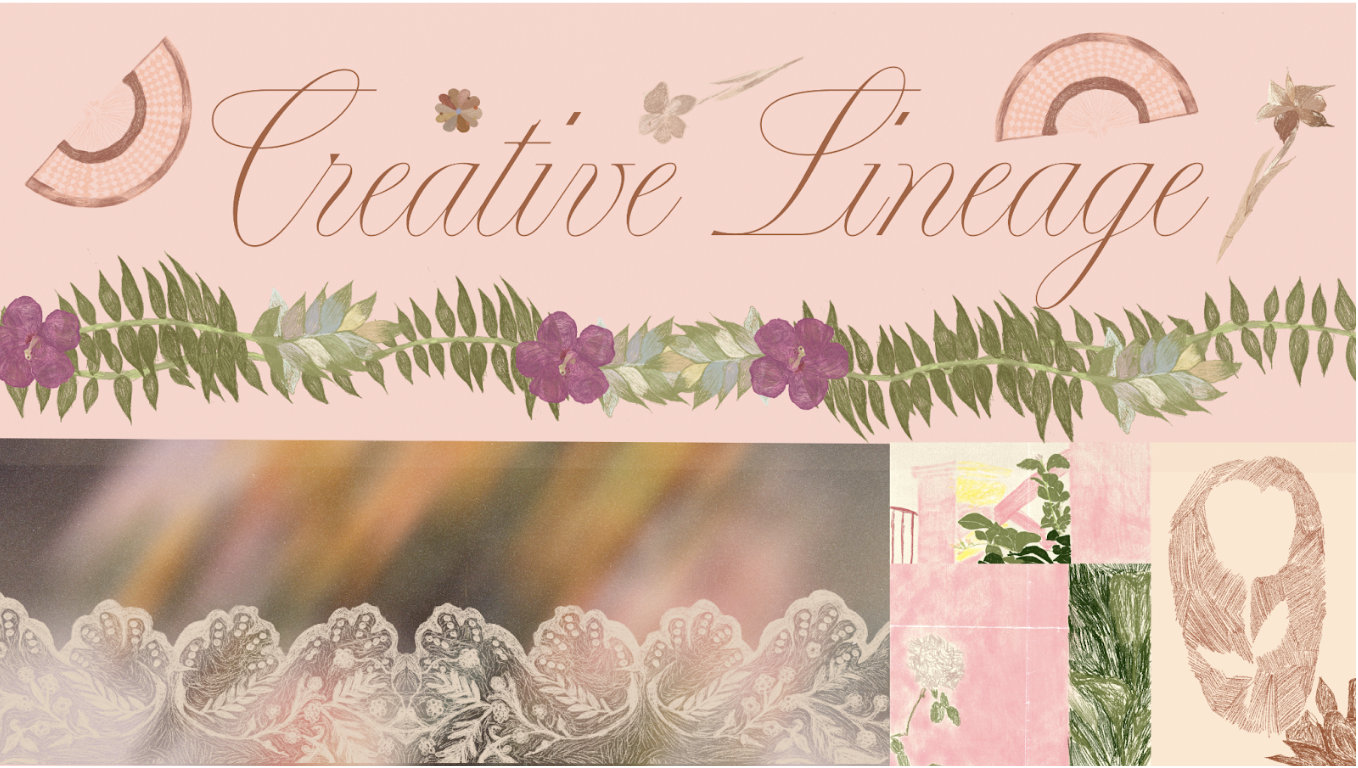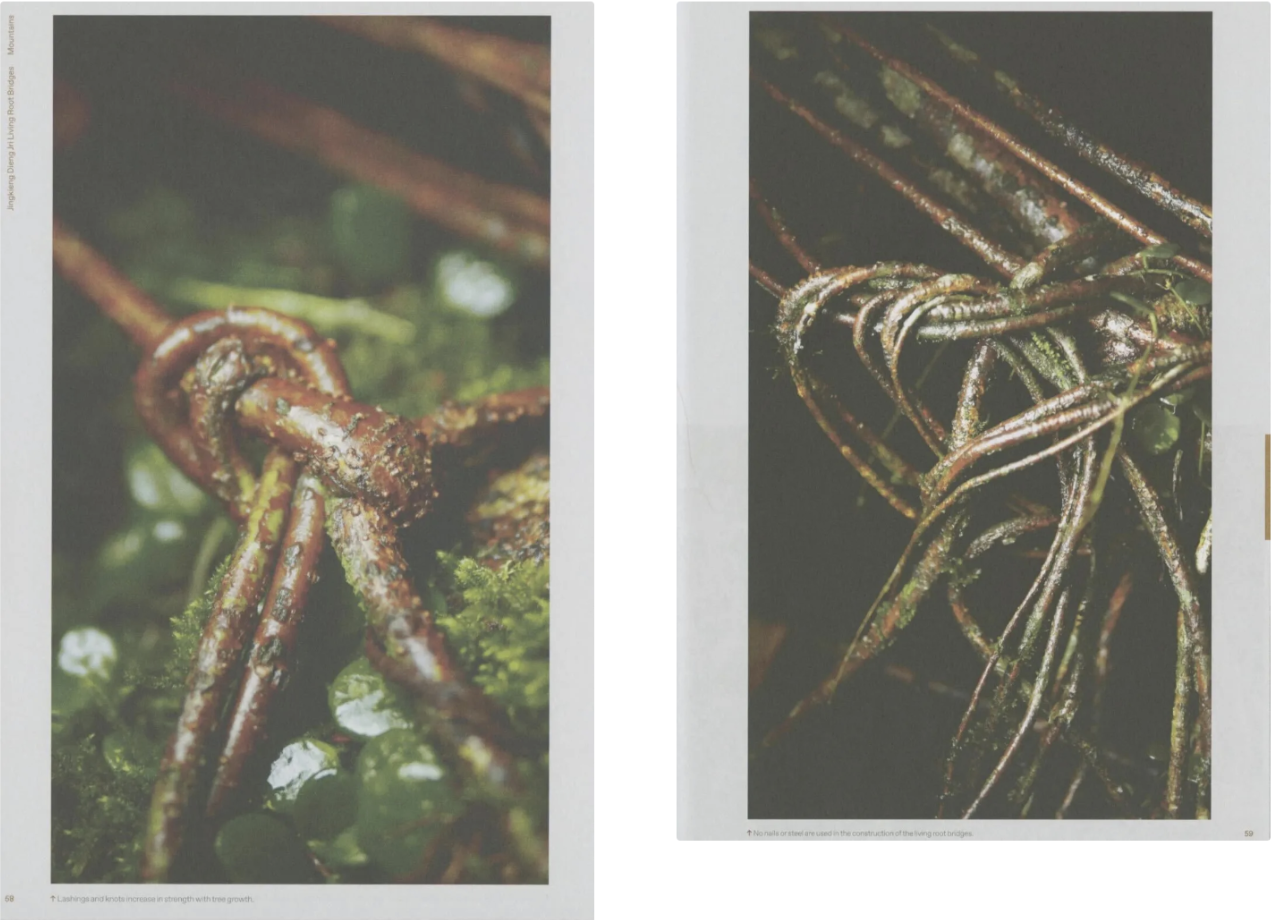
The Living Root Bridges of the Khasis in India show an example of using biodiversity as a building block. These root bridges are planted at critical river crossings a decade in advance; this attention to posterity accounts for needed biological growth in order for the bridge to reach the opposite side.
The Khasis root bridges take 50 years to grow, but they can live and benefit the community for hundreds of years through their load-bearing capacity. This capacity for collective resilience is developed from withstanding turbulent monsoon rains. Over the years, as the bridges respond to these natural forces, they become stronger—growing higher and deeper.
Positioning the root bridges as a metaphor for creative lineage, I want to begin with the concept of a palimpsest—the act of tracing over materials that reveal histories, memories, and the context that came before; in other words, the antithesis of tabula rasa or creating from a blank slate.
Like the root bridges that grow stronger by building on existing root systems, creativity is not the art of making in isolation, but the persistent act of tracing over what came before to inform how and why we show up in the world as designers through an active posture—rolling up our sleeves, continuing to weave threads of everyday lives.
Tracing Solid Ground & Personal History
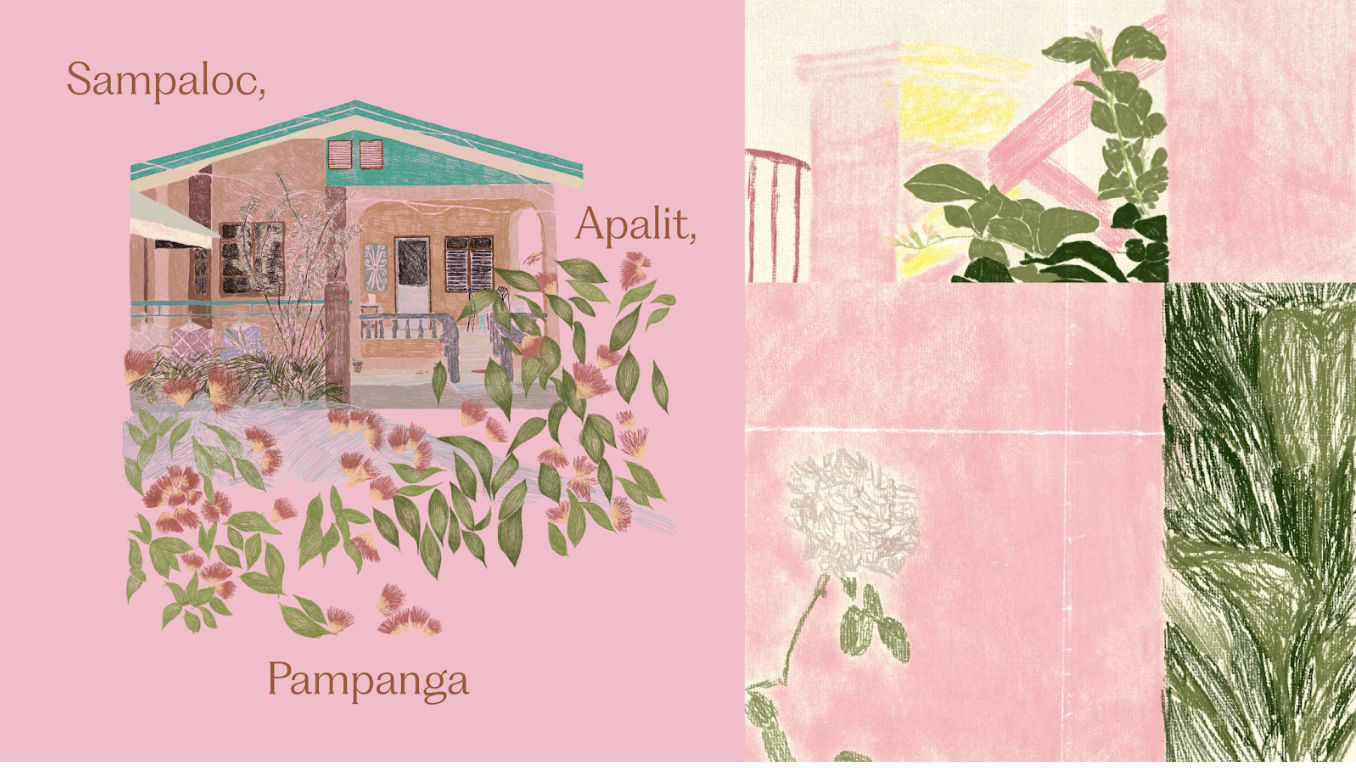
My first design influences came from these roots: the way my grandmother took care of her orchid garden, the improvised solutions in neighborhood sari-sari stores, the rhythm of conversations during afternoon merienda.
Sketching is the most direct act of translation between two worlds across time—from abstract to firmly landing in place. The humble tools of paper and pen not only give form to architecture but also render the reconstruction of houses that no longer exist come back to life with new etchings. The act of making form through pencil and paper carries the aspiration that different choreographies of everyday life, across the impossibility of temporal overlaps, might still dance to the same tempo and rhythm.
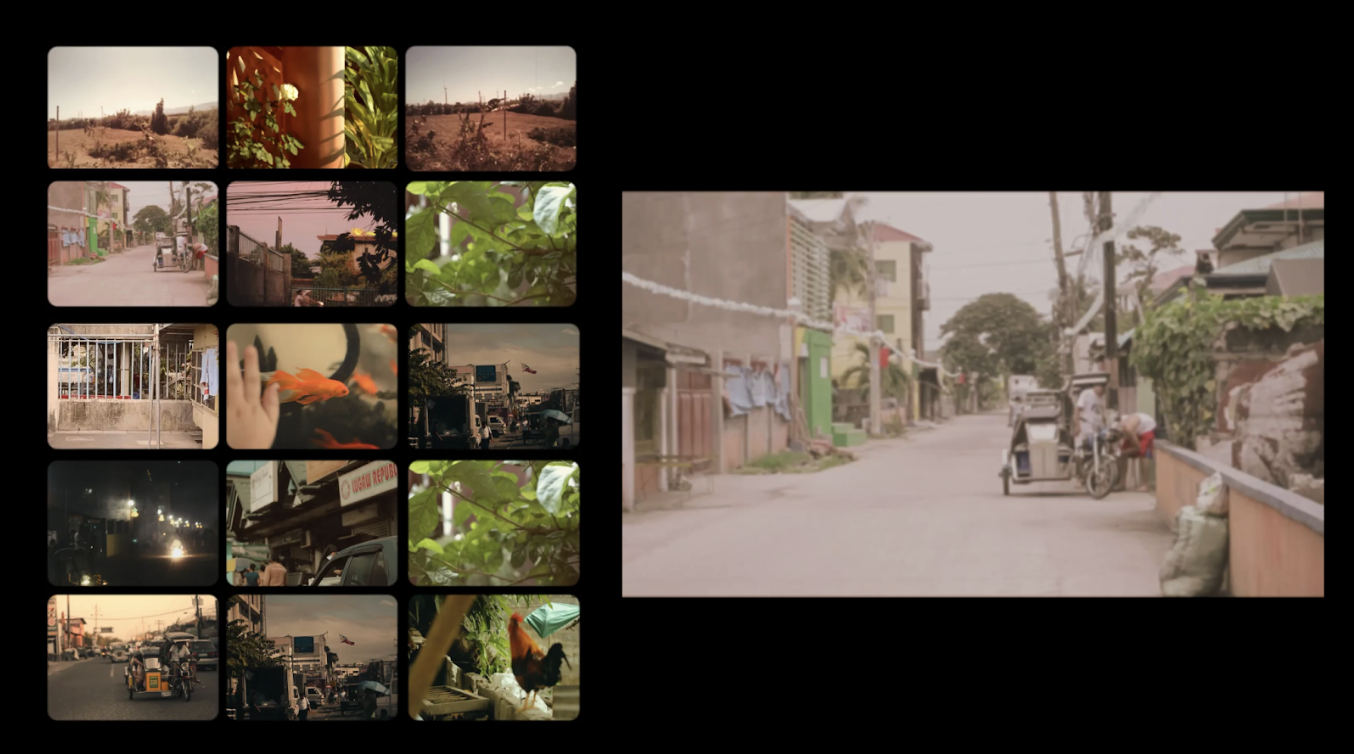
I used to document photographs like fossils to examine, allowing memories to calcify. Sketching becomes more intimate, almost devotional—every gesture consequential and relational to whatever landscape was emerging from inside the landscape in my mind.
My creative lineage has always had a sense of being grounded in place—my province of Apalit, Pampanga. The local boat festival, coconuts year-round, the urban geography of modes of transportation. The ability for rural and urban to exist side by side. Gumamela and orchids that shaped my understanding of color and seasonal rhythms.
As a design researcher, I continue to be a student of everyday life, taking seriously how we contextualize how people live and how they want to live in place. The lineage of this curiosity is traced back to how I catalogued everyday life in Kapampangan public spaces each time I return home, through photographs, videos, and sketches that I've attempted to fossilize out of nostalgia, of loss, of some sentimental fear that I'll never see my hometown in this specific light ever again.
While this pastel-colored built environment was my first reference point for how people made their space, it put into focus how these spaces orchestrated how people lived with one another: the town gossip, the rituals of each festival, people showing up at your house with fruit and ulam on a random Saturday. These everyday sorts of rhythms taught me that design isn't just about the assembly of objects; it posed the question: how do we create the conditions for meaningful dialogue and togetherness that decenter individual navel-gazing?
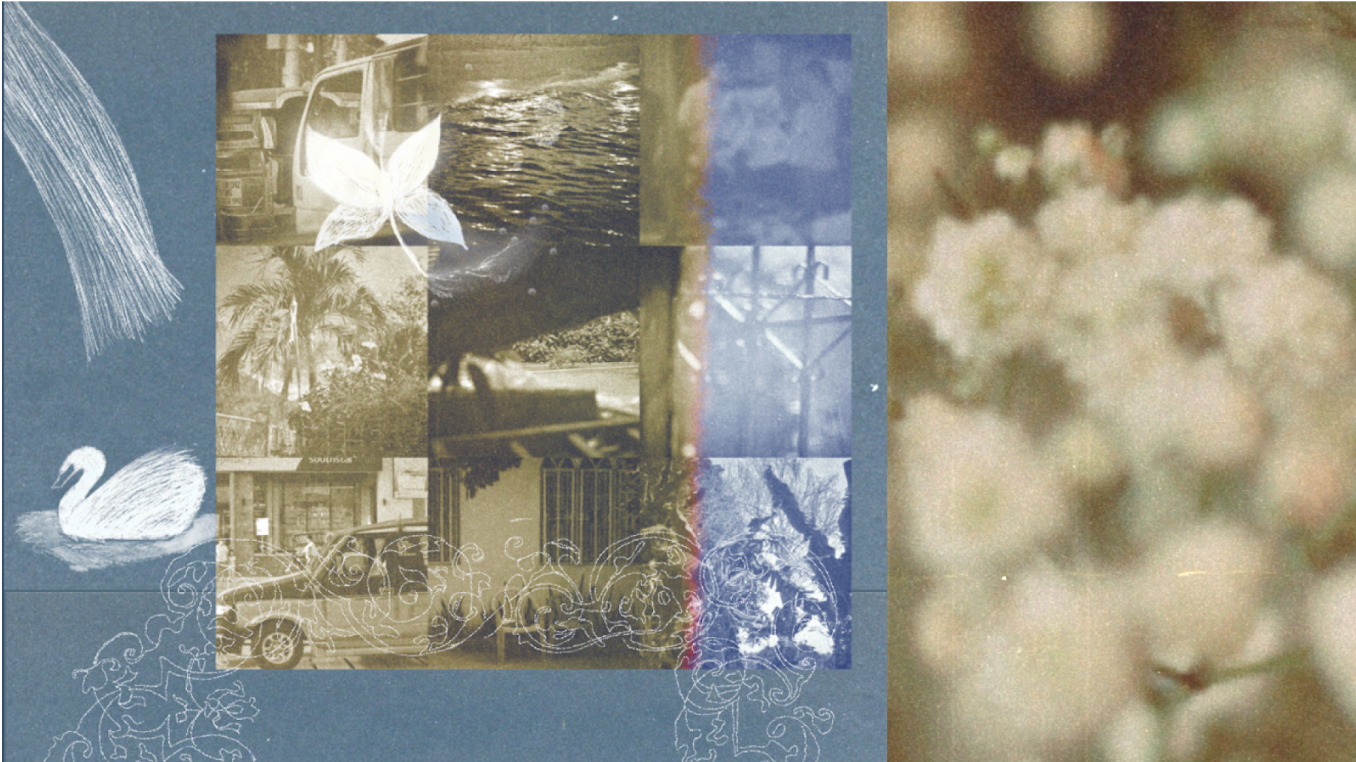
Later, I went back and traced over these photographs like a collage, indicative of overlaying past, present, real and imagined. This wasn't just visual technique but methodology—the same palimpsest approach I bring to all my creative work. Instead of presenting influences as separate, static elements, I began layering them, allowing different timeframes and types of influence to bleed into each other.
There's a line from the Filipina actress, Lauren Young, that was so simple but strangely moving: "There's never been a more exciting time to be a Filipina." A simple line, yet I continue to carry the excitement with me—an insistence of assured selfhood that stems from a firm awareness of your place in the world, tended by myself at present yet taking root generations prior.
Jacs Sampayan, Managing Editor, and Bea Valdes, Editor in Chief, talk about how they want to situate Vogue Philippines' place in the world through their one-year anniversary gala: "Vogue Philippines wants to be able to thread the past to the future, tailoring to technology and the Philippines and the world."
How do I honor what shaped me, without getting stuck in what no longer serves me? What emerged was a practice of tracing over—of refusing to begin with a blank slate.
What is a Creative Lineage?
A creative lineage is the ongoing thread of enduring reference points we have woven together over time—the ideas and influences we keep returning to. It informs how we show up in the world, how we speak to each other, what we create, and what we shape.
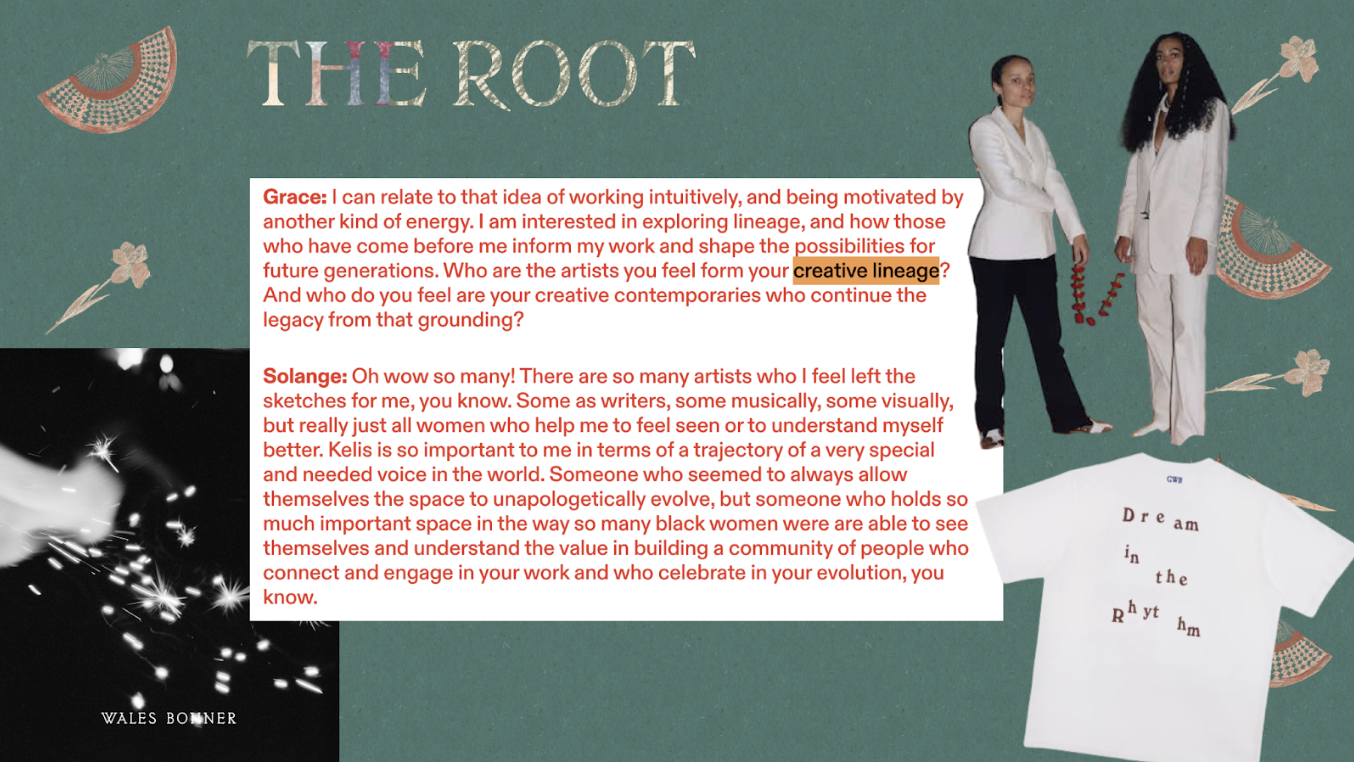
The root of the concept of a creative lineage originates from an interview with Solange and Grace Wales Bonner, two of the best-in-class multi-hyphenate creatives in the world with their vision, commitment, and their artistic synthesis across mediums of music, literature, and fashion. They build worlds of beauty and substance, and tend to that temporal piece of lineage in everything they make.
My first creative lineage map in 2023 had bell hooks, Filipino painter Anita Magsaysay-Ho, Agnes Varda, broadcasters, and architects. A creative lineage is not a museum or a fossil. It's composed of through lines that follow you over time, the pangs of recognition that have their own beat, and it is something you tend through the solid ground it stands on.
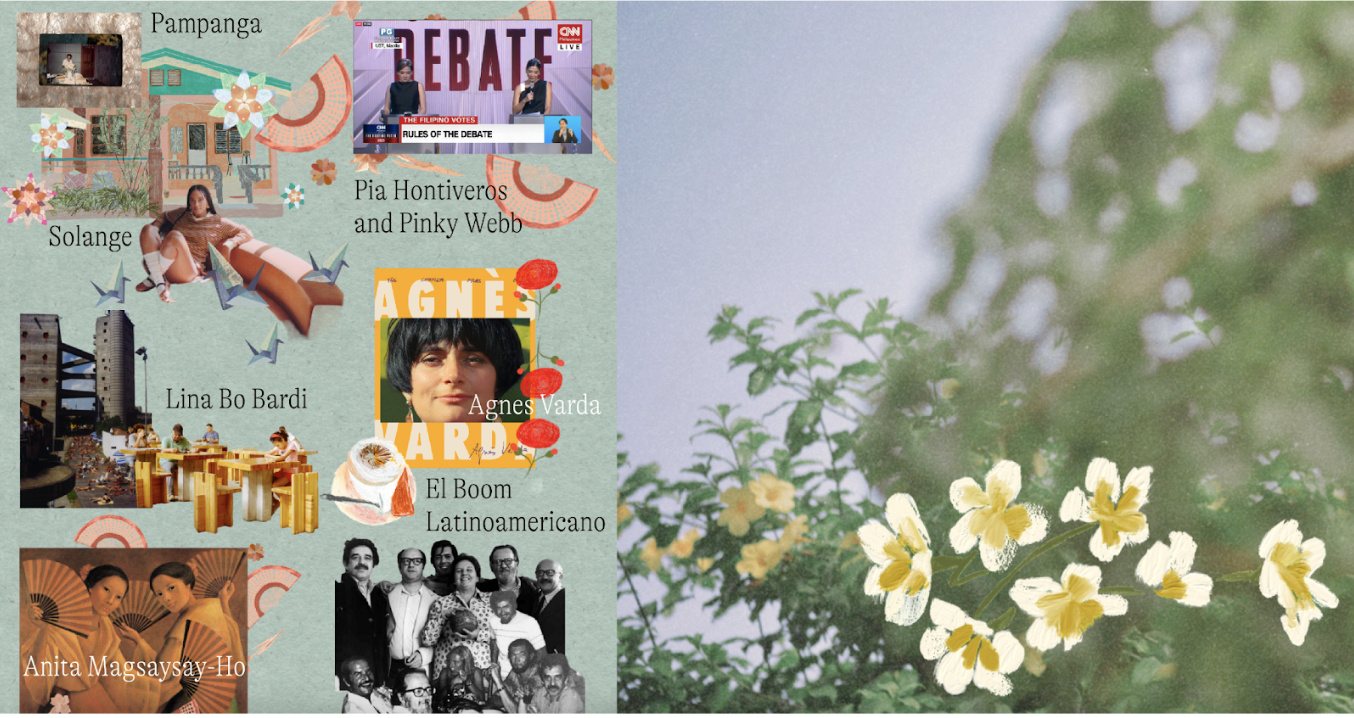
Last winter, I revisited my creative lineage after an asianish conversation with Jacs Sampayan of Vogue Philippines. I felt that unmistakable pang of resonance and recognition when we talked about the specificity of coming from a certain province, the parts that are untranslatable, and the unmistakable and unspoken gestures coming from the texture of a place.
In the latest re-imagining of my creative lineage, I've made explicit how the sketches and photos I've attempted to preserve in memory of home inform my creativity and curiosity directly.
Rethinking Creativity Through Lineage
Our lives are not blank slates because we make and design alongside the raw materials of our everyday lives. In a world where a suite of artificial intelligence tools become part of our everyday practice as designers, lineage becomes our solid ground.
The generations of inspiration we've woven together through tending with attention and practice — people, places, art, memories—ground us in what makes our work distinctly human and rooted.
The concept of lineage is not a surrender or refusal toward AI, but an insistence that we continue to examine these questions:
- What do we want to preserve from the past?
- What do we want to inherit in the present?
- What do we want to carry into our future?
I am not a designer who happens to be from Pampanga, but I am a Kapampangan designer. The way we capture light, frame photos, sketch in colorful pencil marks—it all traces back to generations planted firmly across places, across generations, and across lineages.
IDEOer's Creative Lineages
During this year's Asian American and Pacific Islander History Month, IDEOers across North America imagined and collaged our creative lineages together.
Here are 3 IDEOers and their creative lineages:
Michelle Lee, Partner and Managing Director of IDEO's Play Lab
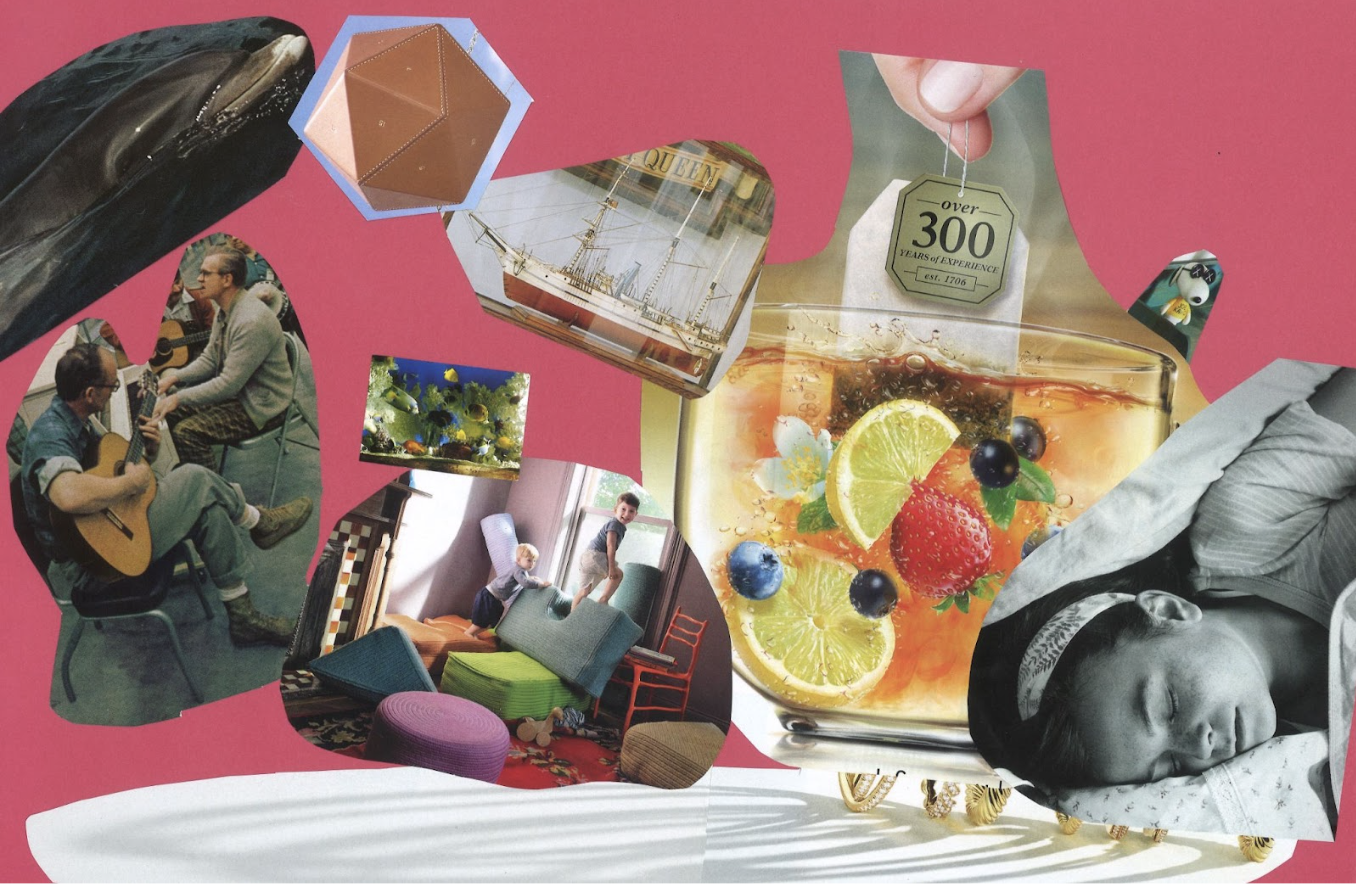
Kenny Okagaki, Interaction Design Lead
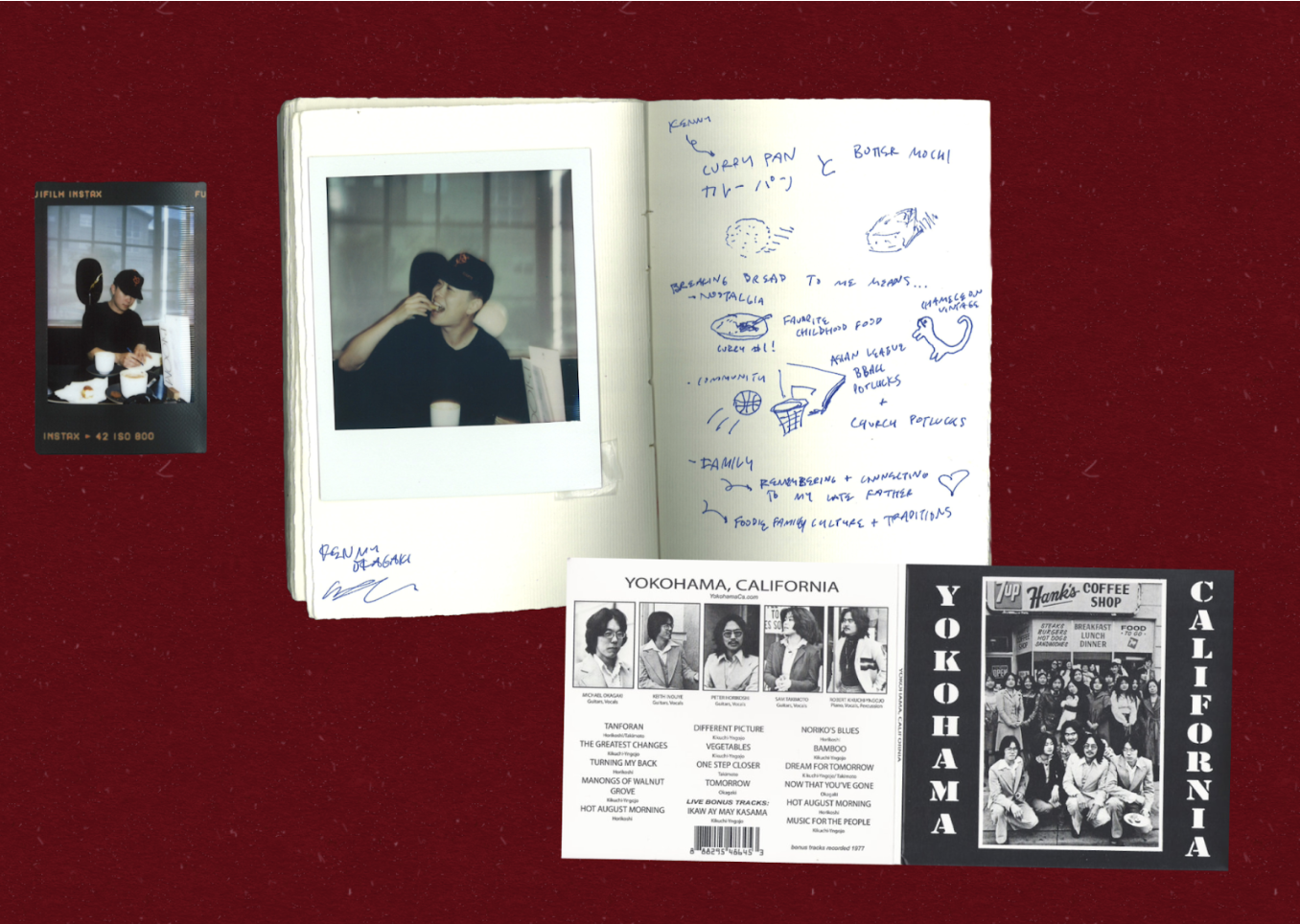
Ariana Allensworth, Senior Director of DEIB
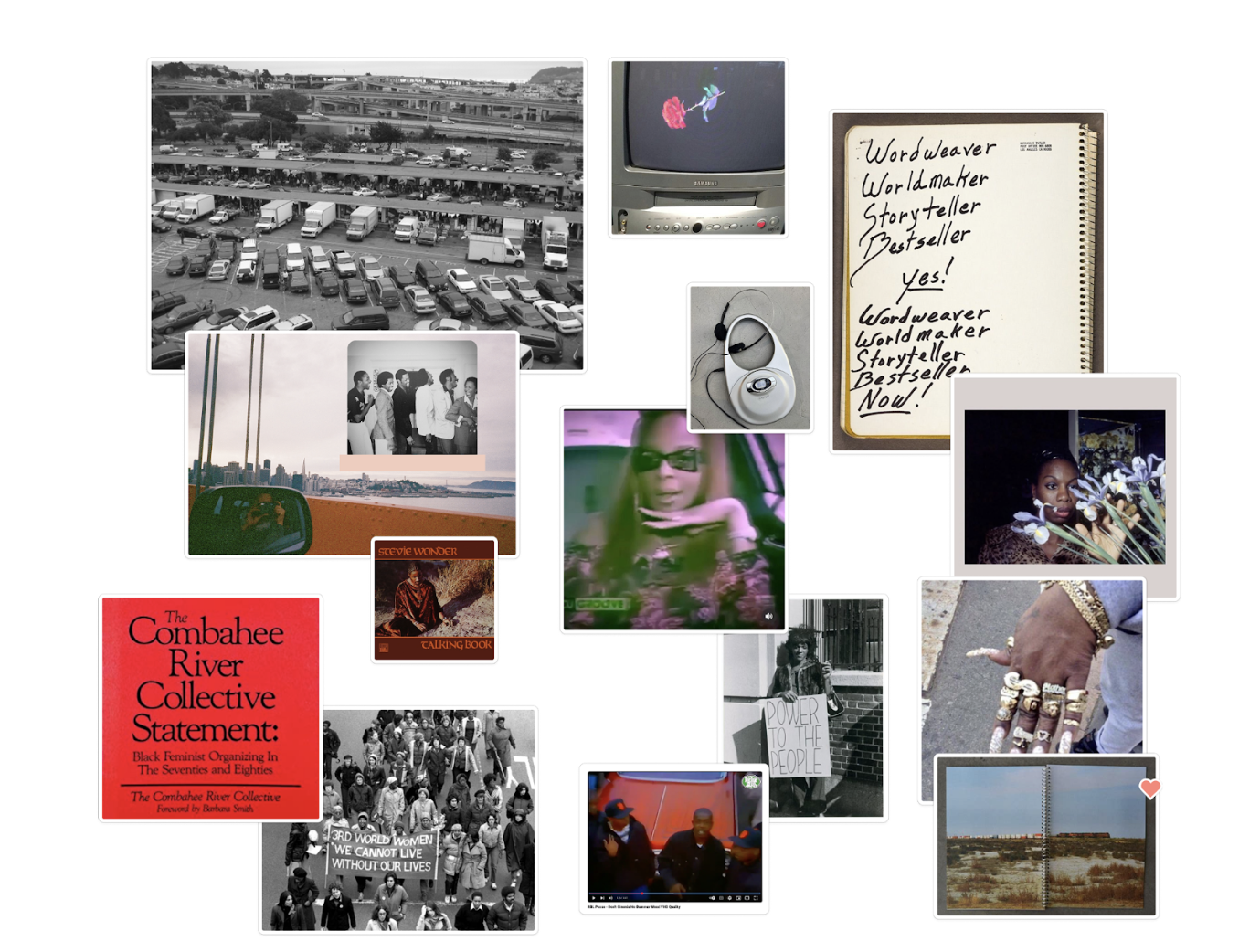
How to Weave Together Your Own Creative Lineage
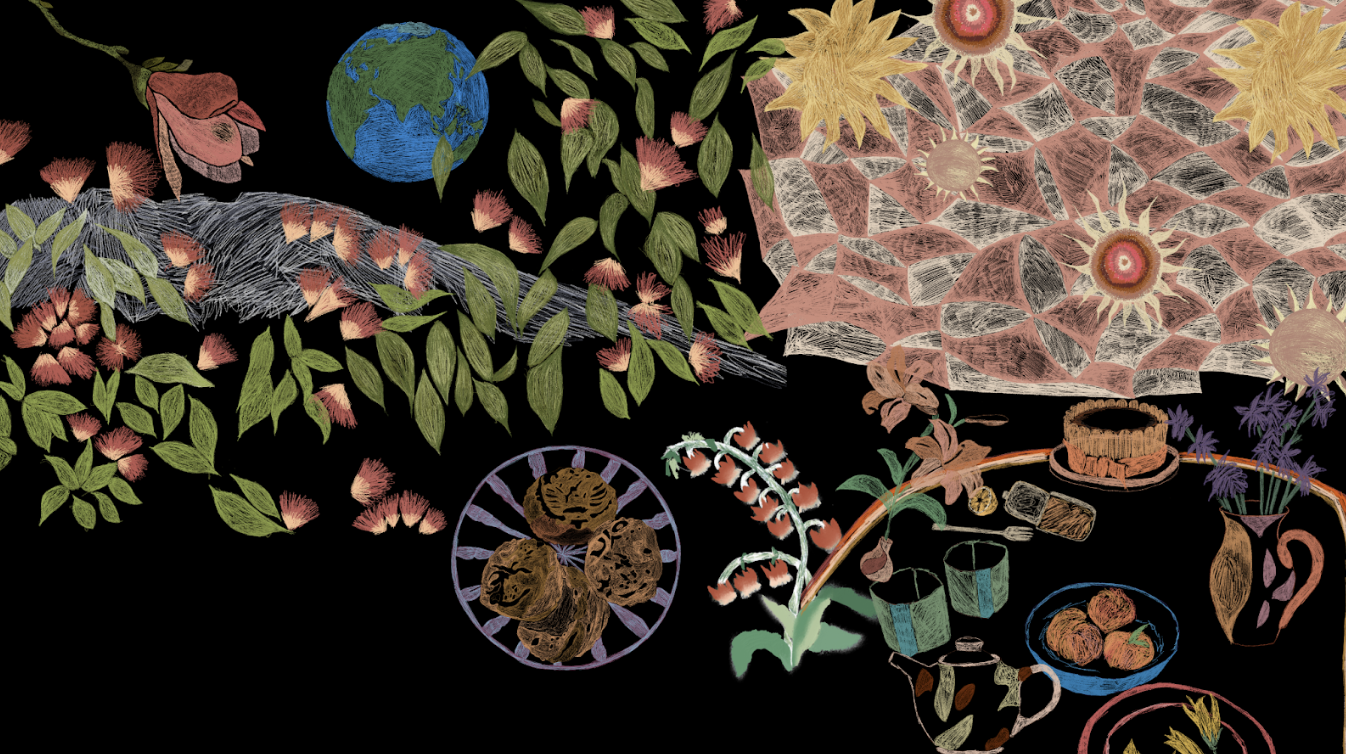
A palimpsest requires continual retracing. These are not static objects, but snapshots of moments in time. A way to stock of the things, people, and places that have made us, and that continually retrace the contours of the selves we are always in the process of creating. So here's an easy, simple tool that will hopefully help you reflect on your own lineage: where you've been and where you're going.
Build your creative lineage.
Heading 1
Heading 2
Heading 3
Heading 4
Heading 5
Heading 6
Lorem ipsum dolor sit amet, consectetur adipiscing elit, sed do eiusmod tempor incididunt ut labore et dolore magna aliqua. Ut enim ad minim veniam, quis nostrud exercitation ullamco laboris nisi ut aliquip ex ea commodo consequat. Duis aute irure dolor in reprehenderit in voluptate velit esse cillum dolore eu fugiat nulla pariatur.
Block quote
Ordered list
- Item 1
- Item 2
- Item 3
Unordered list
- Item A
- Item B
- Item C
Bold text
Emphasis
Superscript
Subscript






